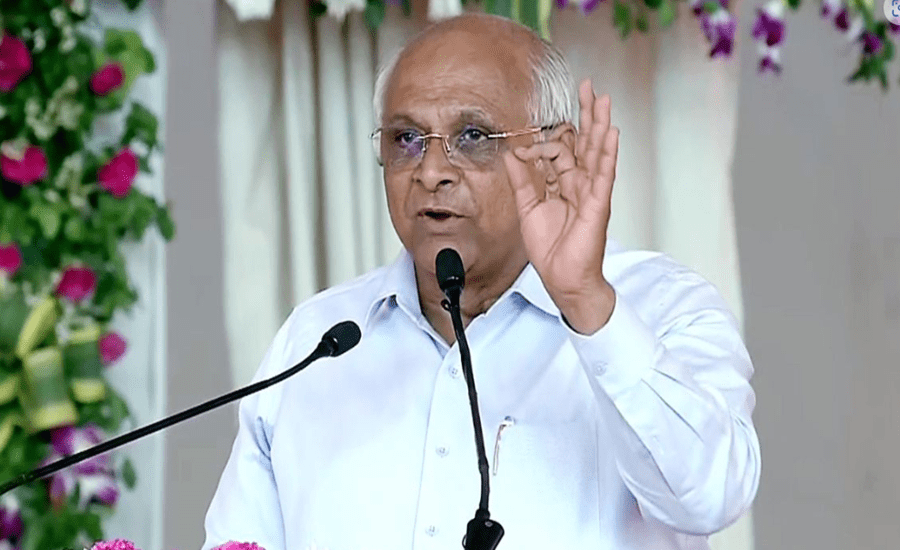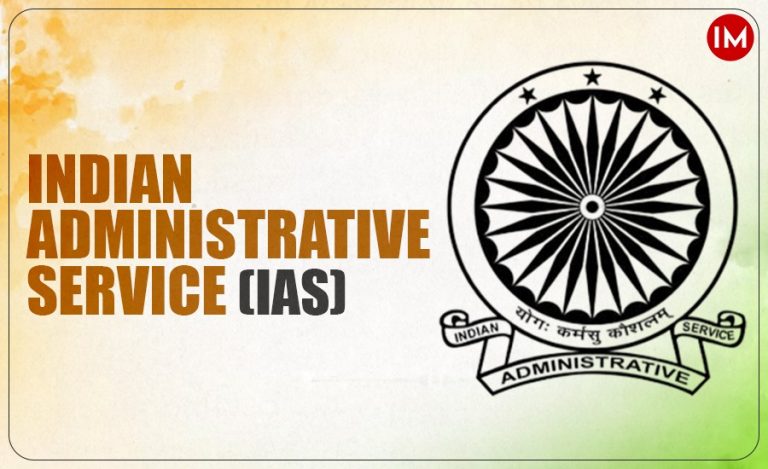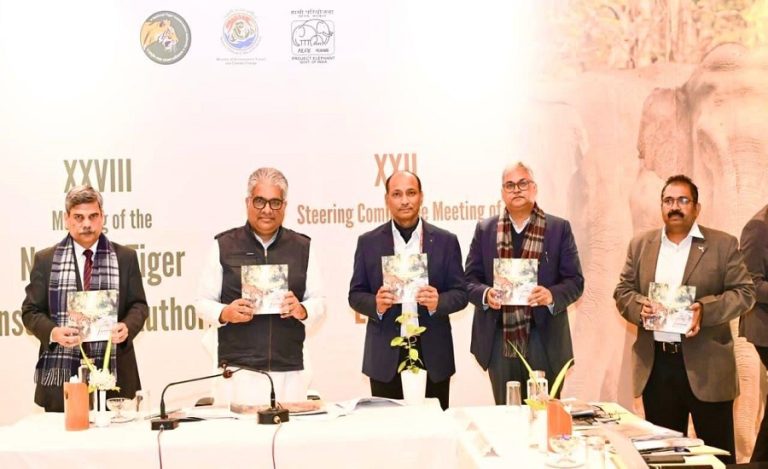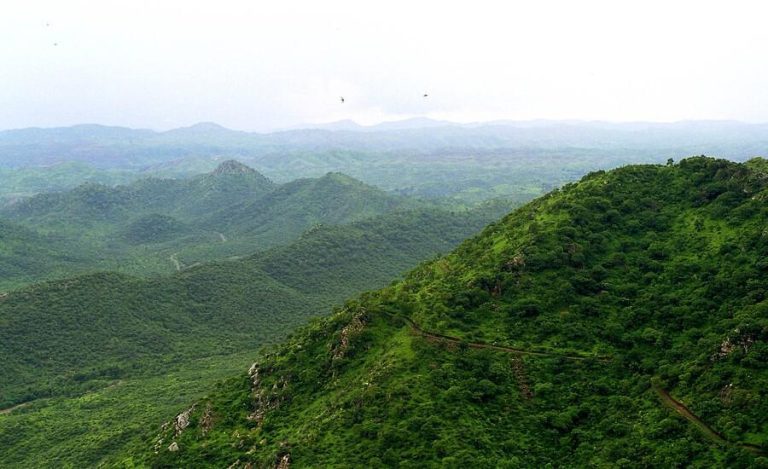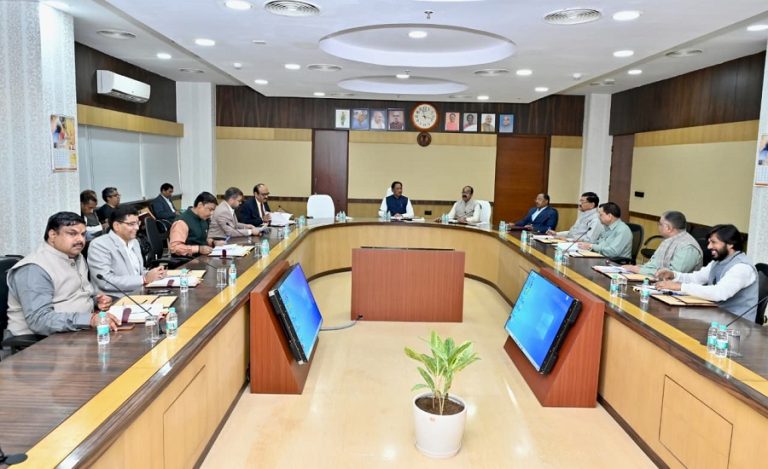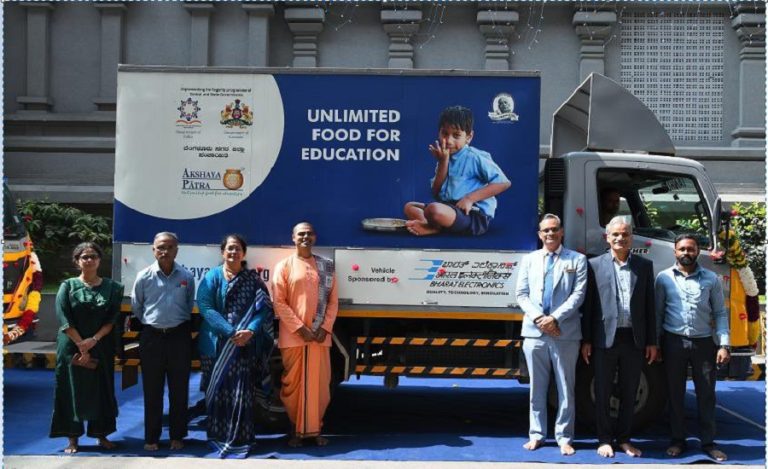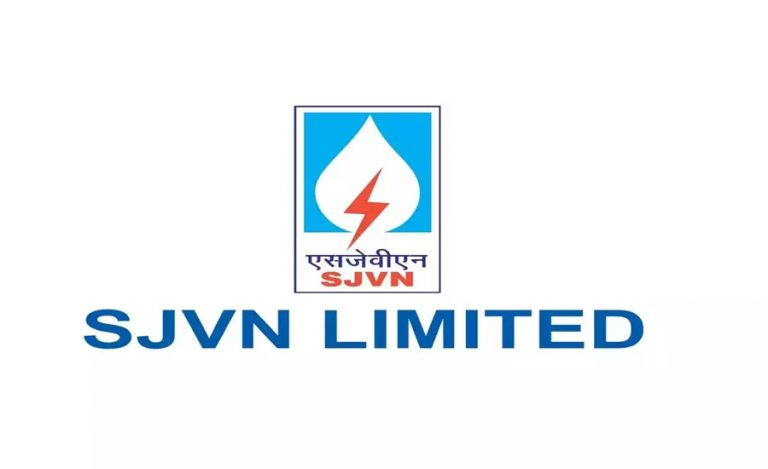Gujarat is poised to take a major leap in infrastructure development with the rollout of an ambitious expressway network that will strengthen regional integration, boost trade, and improve access to ports, industrial clusters, and iconic pilgrimage centres across the state. With a projected investment of Rs. 96,000 crore, the six new expressways are being developed under the stewardship of the Gujarat State Road Development Corporation (GSRDC), marking a pivotal moment in the state’s developmental trajectory.
Also Read: Navratri 2025: Gujarat CM Bhupendra Patel Joins Garba Celebrations Across East Ahmedabad
Strategic Corridors to Transform Gujarat’s Road Network
The state plans to construct approximately 1,100 kilometres of high-speed expressways, forming two major transport corridors – the Namo Shakti Expressway and the Somnath to Dwarka Expressway. These corridors will span from the northernmost reaches of Gujarat to its southern and western extremities.
The six expressway sections proposed are:
- Deesa to Surendranagar – 220 km
- Surendranagar to Pipavav – 211 km
- Rajkot to Dwarka – 209 km
- Rajkot to Porbandar – 190 km
- Ahmedabad to Rajkot – 170 km
- Jetpur to Somnath – 110 km
Budget Allocation & Project Development
Both expressways were formally included in Gujarat’s 2025–26 state budget, underlining the government’s commitment to long-term infrastructure planning. The Namo Shakti Expressway, covering 430 km, is estimated at Rs. 39,120 crore, while the Somnath to Dwarka Expressway, with a span of 680 km, is pegged at Rs. 57,120 crore.
In May 2025, GSRDC invited consultancy proposals for feasibility studies and the preparation of Detailed Project Reports (DPRs). These reports will assess both greenfield and brownfield opportunities, with a 12-month completion target.
Driving Industrial and Agricultural Prosperity
Mr. Raj Kumar, Chairperson of GSRDC, emphasized that the expressways will act as economic lifelines, reducing logistics costs and travel time across key economic and agricultural zones. The corridors will directly benefit manufacturing hubs in Ahmedabad, Sanand, Rajkot, and Surendranagar, while boosting agricultural connectivity for regions like Palanpur and Deesa.
The Ahmedabad to Rajkot Expressway, part of the Dholera to Mumbai Industrial Corridor, is expected to play a key role in enhancing the industrial freight ecosystem, especially for the rapidly growing electronics and automobile sectors in Sanand.
Enhancing Religious Tourism and Regional Mobility
With direct access to pilgrimage sites such as Somnath and Dwarka, the expressways are expected to significantly boost religious tourism. The new corridors will also ensure that district headquarters can be reached within an hour, improving access to essential services such as healthcare and education.
The inclusion of 42 interchanges and roadside amenities every 50 kilometres – including fuel stations, food courts, and rest areas – reflects a commuter-centric approach to highway design.
Environmentally Conscious and Inclusive Planning
The infrastructure plan includes overpasses and underpasses for wildlife crossings, reinforcing the government’s commitment to environmental sustainability. Approximately 45% of Gujarat’s population, spanning 13 districts, is expected to directly benefit from the new roadways.
Furthermore, MSMEs in rural and semi-urban areas will gain market access, enabling economic upliftment beyond urban centres.

